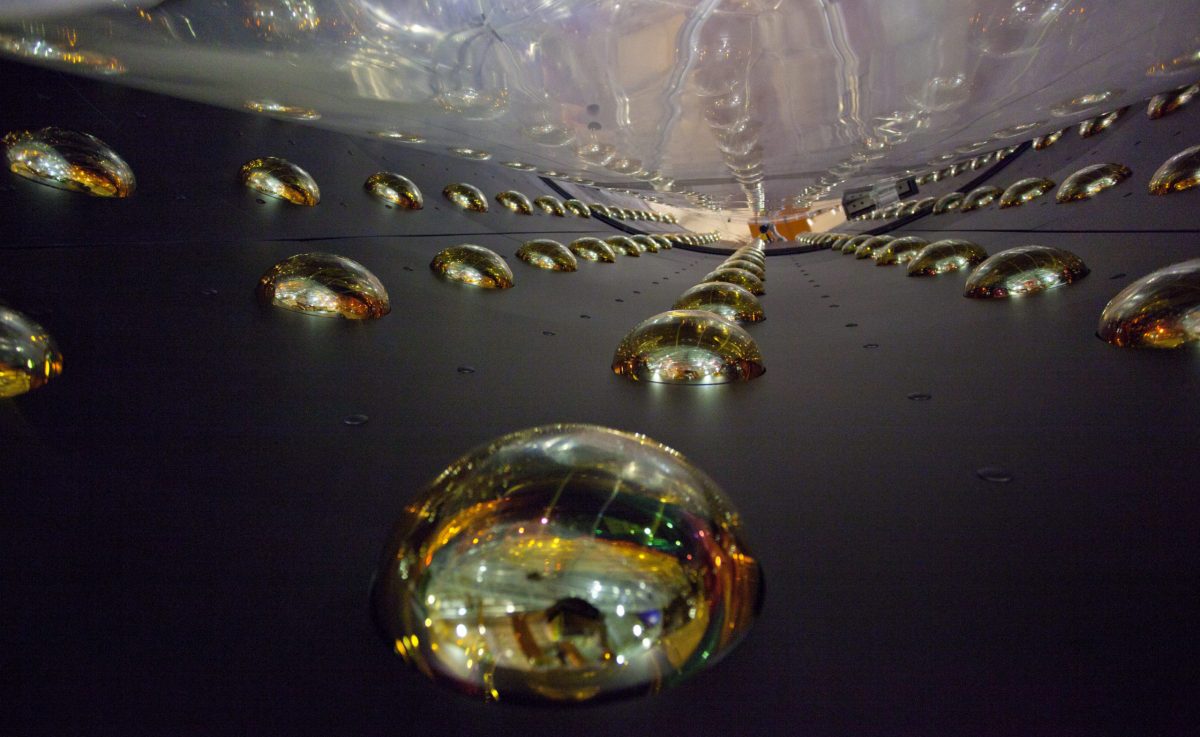Over the past two months, a team of IceCube drill engineers have completed an impressive amount of work during the first of three consecutive field seasons for the IceCube Upgrade. The project is funded by the National Science Foundation and international collaborators.
The goal of the project is to drill seven holes in 2025/2026 and deploy seven more closely spaced and more densely instrumented strings of sensors in the central part of the array, which will improve IceCube’s sensitivity to low energies. Having a productive first field season both sets the Upgrade project up for success and trains the new generation of drillers at the South Pole.
The majority of the team’s engineers come from the University of Wisconsin–Madison’s Physical Sciences Laboratory (PSL), where equipment is fabricated and shipped to the South Pole. Additional drill engineers hail from Sweden, New Zealand, and for the first time, Thailand.
“This year’s drill team is a group of 17 talented professionals who have completed an enormous amount of work,” says Kurt Studt, drill engineer at PSL and the on-ice drill manager for the Upgrade. “We’ve overcome many difficult challenges while dealing with the extreme environment at the South Pole, including temperatures as low as -35 ⁰F and windchills below -60 ⁰F.”

